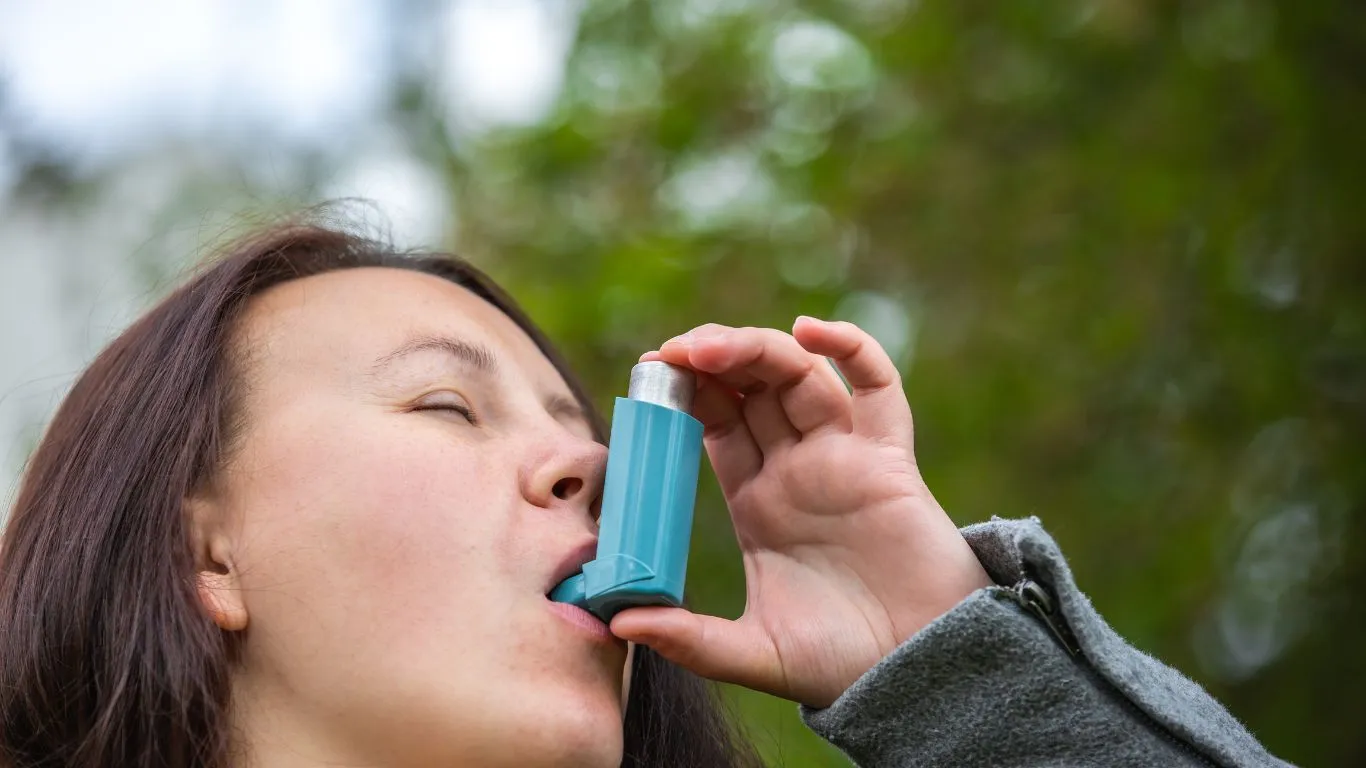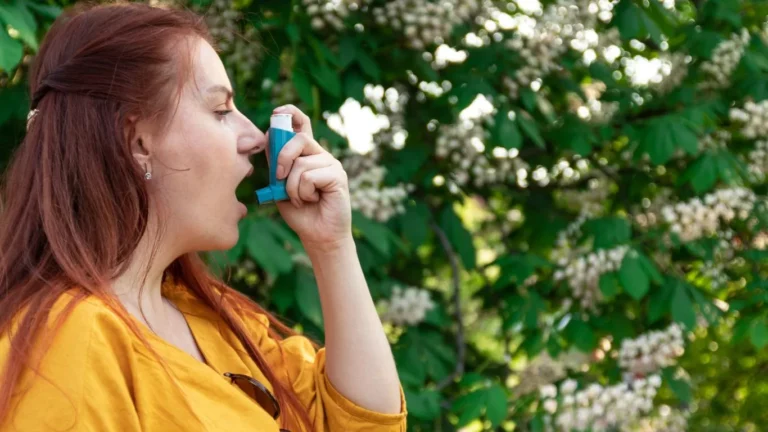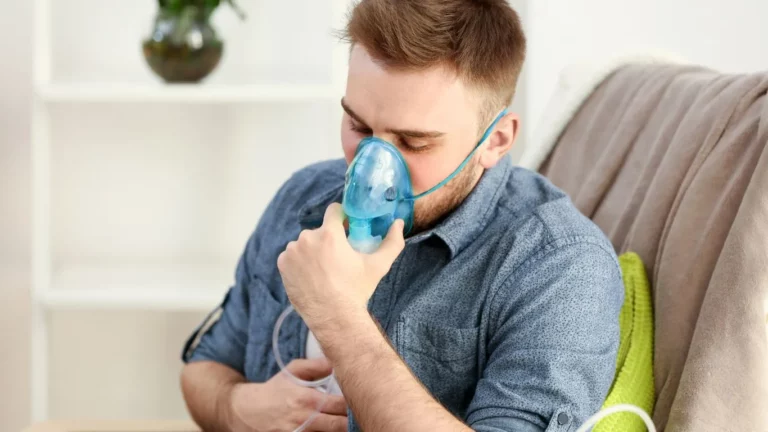Best Allergy-Proofing Tips for Asthma Sufferers: Real-Life Hacks That Work
If you suffer from asthma, you know how tricky it can be when allergy season rolls around. You’re already dealing with a chronic condition, and then add pollen, dust mites, and pet dander into the mix? It can be downright frustrating. But the good news is there are simple ways to allergy-proof your home and lifestyle to reduce those asthma flare-ups. Trust me—I’ve worked with so many patients who thought they couldn’t control their allergies, but after following a few smart tips, their lives totally improved. Let’s dive into some of my best allergy-proofing tips for asthma sufferers that really make a difference.
What Is Asthma, and Why Does Allergens Make It Worse?
First things first, let’s talk about asthma. It’s a condition where your airways get inflamed and swollen, which can make breathing hard, especially when exposed to certain triggers. And if you’ve got allergies? Well, those allergens—things like dust, pollen, mold, and pet dander—can make everything worse. These particles irritate your lungs and can cause asthma symptoms like wheezing, coughing, or even full-blown attacks.
When you’ve got asthma, controlling your exposure to allergens is so important. It’s the first step in managing symptoms, but it doesn’t stop there. Keeping your home and environment as allergen-free as possible is key to breathing easier.
Top Allergy-Proofing Tips for Asthma Sufferers

Okay, now let’s talk practical tips that really work. I’ll be honest—some of these may seem like common sense, but you’d be surprised how many people miss these little things. I’ve seen these strategies work wonders for countless asthma patients. Here’s what I recommend:
1. Close Those Windows During Allergy Season
I know, it’s tempting to let some fresh air in, but trust me—during allergy season, you’re better off keeping the windows closed. Pollen, mold spores, and other allergens can sneak right in, especially on windy days. I always tell my patients to close the windows and use air conditioning instead. I’ve also found that AC units with HEPA filters can really help clean the air in your home. It’s a game-changer.
2. Invest in HEPA Filters (Trust Me on This One)
If you don’t have a HEPA filter in your home yet, do yourself a favor and get one. They’re literally designed to trap tiny particles—stuff like pollen, dust, and pet dander. You don’t want to breathe that stuff in, especially if you’ve got asthma. I tell my patients to get a HEPA air purifier for the living areas and bedrooms. You’ll be amazed at the difference. I’ve had so many people tell me they feel like they can finally breathe when they add one of these to their home.
3. Keep It Clean—No, Really
You probably know this one, but I can’t stress it enough. Regular cleaning is your best friend when it comes to reducing allergens. The trick is to damp-wipe surfaces instead of dry dusting, which can just stir things up. I recommend vacuuming twice a week, especially if you’ve got carpet (and even more often if you have pets). If you’ve got pets, I recommend vacuuming daily in high-traffic areas. It might sound like a lot, but your lungs will thank you. Plus, don’t forget to wash bedding, curtains, and anything else that can trap dust and dander.
4. Keep Humidity in Check
Mold is one of the worst offenders for asthma sufferers, and it loves humid environments. If you live in a place with high humidity or have a basement, you’ll want to get a dehumidifier. I know people who’ve seen huge improvements in their symptoms just by lowering the humidity in their home. Aim for 30-50% humidity in your living space. This helps keep mold at bay and keeps the air in your home cleaner.
5. Choose Hypoallergenic Bedding (It’s Worth It!)
You spend about a third of your life in bed, so making sure your bedroom is allergy-friendly is huge. Hypoallergenic mattress and pillow covers that protect against dust mites are a game-changer for asthma sufferers. Change your sheets often, and wash them in hot water (don’t forget the pillowcases!). Dust mites love bedding, and while you can’t eliminate them completely, these covers help a ton.
6. Manage Pet Dander
Pet dander is a tricky one. I know a lot of people love their furry friends (trust me, I get it), but if you’ve got asthma, your pets can be a major trigger. If you can’t live without your pets (who can?), try limiting their access to your bedroom and other allergen-sensitive areas. Also, bathe and groom them regularly to reduce the dander in your home. Regular grooming really helps, as does using air purifiers where your pets spend most of their time.
7. Monitor Outdoor Allergens
If you live in an area where pollen levels are high, you know how bad it can get. On those days when the pollen count is through the roof, stay indoors as much as possible. It’s also a good idea to check local pollen counts online so you can plan your day. If you have to go outside, wear sunglasses to protect your eyes and change clothes as soon as you get home. Trust me, keeping pollen out of your house will make a big difference in how you feel.
8. Pay Attention to Air Quality
In addition to pollen, air pollution can worsen asthma symptoms. There are apps and websites that track local air quality in real-time. If the air quality is poor, you’ll want to stay inside, especially if you have asthma. Keep your air purifier running and check your indoor air regularly. You might be surprised at how much cleaner the air feels with these small adjustments.
Troubleshooting Common Issues

Sometimes, despite your best efforts, problems will pop up. Don’t stress—it happens! Here’s how to troubleshoot some common issues:
Persistent Allergens
If your asthma symptoms keep flaring up, even after you’ve done everything right, it might be time to upgrade your air purifier or even add a second one in the bedroom. Sometimes allergens just sneak in, and a more powerful purifier might be what you need.
Poor Sleep
Waking up in the middle of the night, struggling for breath? Check your bedroom for mold or pet dander. Your mattress and pillows could be hiding allergens. Clean your bedding and make sure your air purifier is running while you sleep. That will help you sleep better and breathe easier.
Overwhelmed by Outdoor Allergens
On days when the pollen levels are off the charts, try wearing a mask when you go outside. It’s not always the most fashionable look, but it works! When you come back inside, make sure to shower and change clothes to avoid bringing pollen indoors.
Case Studies and Real-Life Success Stories

Case Study 1: Sarah’s Breathing Transformation
Sarah, one of my patients, had struggled with asthma for years. She used to dread allergy season because it always meant constant flare-ups. After she implemented a few of these allergy-proofing tips—like using a HEPA air purifier and switching to hypoallergenic bedding—she noticed a major difference. Now, during allergy season, her symptoms are barely noticeable.
Case Study 2: John’s Pollen-Free Strategy
John worked outside in landscaping and was constantly dealing with pollen exposure. By downloading a pollen tracker and wearing a mask, he was able to cut down on his exposure. He also made sure to keep his windows shut during high-pollen days. These changes allowed him to breathe more easily and avoid any major asthma flare-ups.
Key Takeaways / Summary
Allergy-proofing your home is one of the best ways to manage asthma, especially during allergy season. By taking small steps—like keeping windows closed, investing in air purifiers, and cleaning your home regularly—you can reduce allergens and protect your lungs from irritation. Stay consistent with these tips, and you’ll likely see an improvement in your asthma symptoms.
5 FAQs About Allergy-Proofing for Asthma Sufferers
Q1: How often should I change the filters in my air purifier?
A1: I recommend changing filters every 6 months, but check the manufacturer’s guidelines for the most accurate timing.
Q2: Can I still have pets if I have asthma?
A2: Absolutely! Just be proactive about grooming and limiting their access to certain areas in your home. It’s all about managing the dander.
Q3: Do air purifiers really help with asthma?
A3: Yes! HEPA air purifiers are incredibly effective at trapping allergens like pollen, pet dander, and dust. If you have asthma, they’re a must-have.
Q4: What if my asthma symptoms don’t improve despite allergy-proofing?
A4: If you’re still struggling, consult your doctor. You might need an asthma medication adjustment or a more tailored strategy.
Q5: How do I deal with outdoor allergens?
A5: When pollen levels are high, stay indoors. If you need to go outside, wear sunglasses, and change clothes as soon as you come back in. It’s all about reducing exposure!
Appendix
References:
Disclaimer:
This article provides general advice and suggestions based on my professional experience as an asthma expert. It should not replace medical advice. Always consult with your healthcare provider for personalized treatment.
Call to Action:
If you’re ready to breathe easier, start making these allergy-proofing changes today! You deserve to live without constant asthma flare-ups. Reach out to your doctor for more personalized asthma management strategies. You’ve got this!
Feel free to leave a comment below if you have questions or additional tips to share!

Bianca Nala is a compassionate Nurse Practitioner with a strong background in primary and respiratory care. As a health writer for Healthusias.com, she combines her clinical expertise with a talent for clear, relatable storytelling to help readers better understand their health. Bianca focuses on topics like asthma, COPD, chronic cough, and overall lung health, aiming to simplify complex medical topics without losing accuracy. Whether she’s treating patients or writing articles, Bianca is driven by a single goal: making quality healthcare knowledge accessible to everyone.






